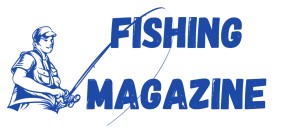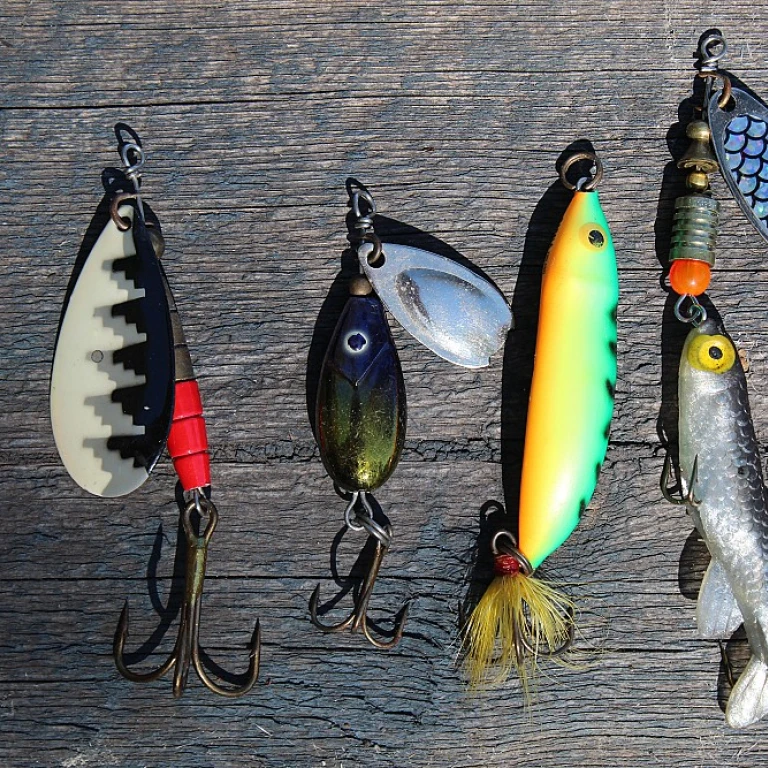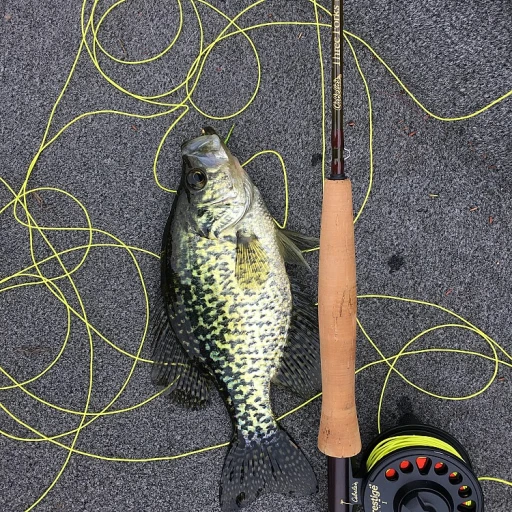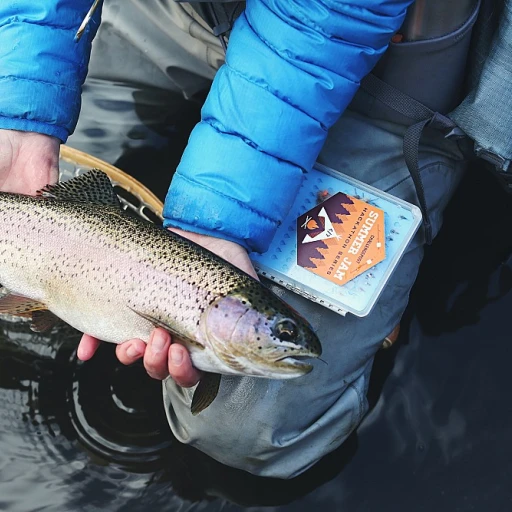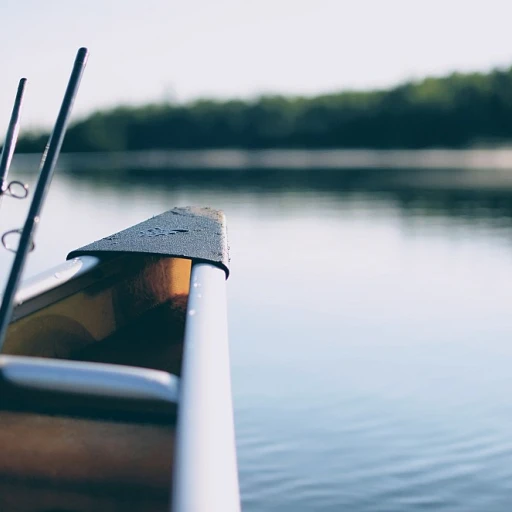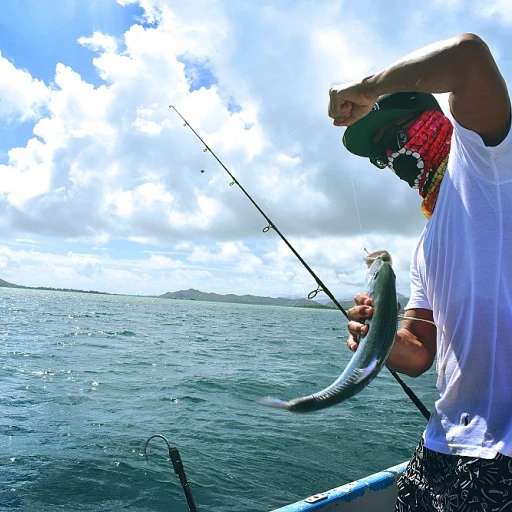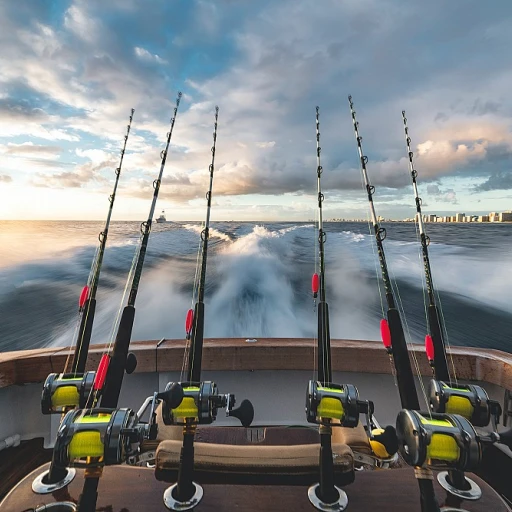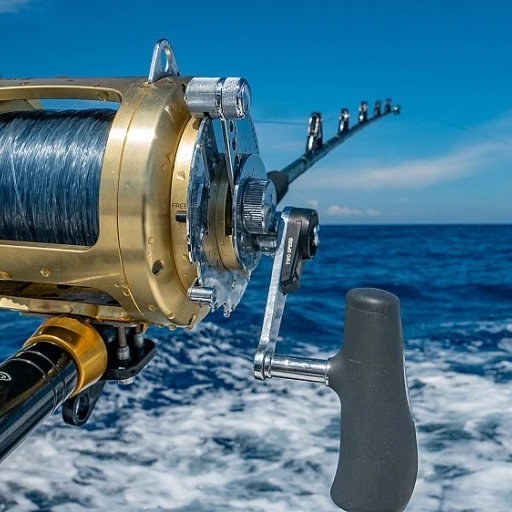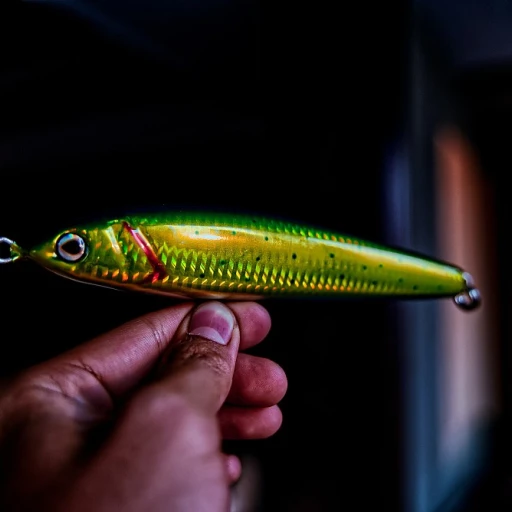
Understanding the Basics of Fly Tying
Exploring the World of Fly Tying
Fly tying is a captivating aspect of fly fishing, offering both novice and seasoned anglers a chance to connect deeper with the sport. Starting with the right understanding can transform your fly fishing experience significantly.
The basics of fly tying revolve around crafting artificial flies using specialized tools and materials. These flies mimic various aquatic creatures, enticing fish to bite. Essential tools, while crucial, often vary in price, influencing what's added to your wishlist add-to-cart decisions.
Key to this art are tools like scissors and bobbins, each with distinct purposes. Razor scissors and purpose scissors ensure precision, cutting through thread and hair with ease. Meanwhile, bobbins hold the thread, allowing for a controlled flow as you wrap it around the hook.
Regularly dealing with materials such as hackle, dubbing, and hair requires understanding how each component affects the fly's presentation and movement underwater. Beginners might start with regular tools but quickly find themselves yearning for ergo-designed options from brands like Loon Outdoors.
Additionally, explore the role of vises, crucial in securing your fly as you work. The price of a good vise can vary, but consider it a wise investment for fly tyers, whether just starting or in pursuit of advanced techniques.
Building a robust collection can seem daunting, but many items often become available at sale prices. Consider creating a wishlist that allows you to monitor these regular sales. By keeping an eye on the market, you'll find the right tools at prices sold below usual expectations.
Diving deeper, master the use of tools like dubbing brushes, hackle pliers, and hair stackers. Each adds another layer of finesse to your flies, ensuring they meet your fishing needs.
For those eager to enhance their skills and experimenting with fly designs, understanding blade spinner fishing techniques can offer a novel perspective on luring fish effectively. To discover more on enhancing your fly fishing techniques, explore how blade spinner fishing techniques can complement your fly tying endeavors, merging tradition with innovation.
Must-Have Tools for Every Fly Tyer
Key Fly Tying Tools Every Enthusiast Should Own
When embarking on the journey of fly tying, having the right tools makes all the difference between a frustrating experience and a rewarding pastime. While each tool serves a unique purpose, some are indispensable staples in the arsenal of every fly tyer.- Fly Tying Vise: A reliable vise is the backbone of your fly tying tools. Its primary role is to hold your hook securely as you work with various materials. A good vise can come at a regular price but look for sales to add a quality option to your wishlist.
- Scissors: Investing in a pair of razor scissors is non-negotiable. Ergo purpose scissors are designed for precision and comfort, providing meticulous cuts for materials like hackle, dubbing, and hair.
- Bobbin Holder: This tool is essential for managing thread tension and ensuring smooth thread wraps. An ergo bobbin holder fits comfortably in the hand, minimizing fatigue during regular and extended tying sessions.
- Hackle Pliers: When it's time to meticulously wrap hackle around the shank, sturdy hackle pliers are your best friend. Their grip ensures that even slick hackle feathers don’t slip out of place.
- Whip Finisher: A whip finisher helps secure your thread, ensuring that each fly you tie is finished with professional touches. It is a tool you'll want to add to any tool kit from leading brands like Loon Outdoors.
- Dubbing Tools: For adding texture to your flies, dubbing tools like a dubbing brush and hair stacker are essential. They offer versatility, allowing for the perfect distribution of dubbing material, crucial for realistic fly patterns.
Advanced Tools for the Experienced Fly Tyer
Elevating Your Fly Tying Game with Advanced Tools
For fly tyers looking to push their skills beyond the basics, investing in advanced tools is essential. Acquiring these specialized tools not only enhances the precision and quality of your flies but also adds efficiency to your fly tying routine. Here's a look at some advanced tools you'll want to add to your collection.- Ergo Purpose Tools: These ergonomic tools are designed to reduce strain during long tying sessions. Products by Loon Outdoors, such as Ergo Purpose Scissors, offer a comfortable grip and precise cuts, making them a staple for any seasoned tyer.
- Hackle Pliers: When dealing with delicate feathers, regular pliers just won't cut it. Hackle pliers are essential for winding feathers smoothly around your hook, ensuring the perfect finish for your flies.
- Razor Scissors: For sharp, precise cuts, razor scissors are a must-have. Ideal for trimming intricate details like thread and hair, these scissors help you achieve a professional look every time.
- Whip Finisher: This tool is crucial for securing your flies' heads. With a whip finisher, tying off your threads becomes a breeze, reducing the risk of unraveling during your fishing adventures.
- Hair Stacker: Perfect for aligning hair fibers, this tool is indispensable for creating uniform wings and tails on your flies. The Loon Outdoors Hair Stacker is a popular choice due to its reliability and effectiveness.
- Dubbing Brush: Adding texture to your flies is simple with a dubbing brush. This tool allows you to tease out fibers, adding lifelike action to your flies in the water.
- Fly Tying Vise: A quality vise is the cornerstone of any tying workspace. Whether you choose a regular price or sale price option, a good vise keeps your hooks secure, allowing for detailed and precise work.
Choosing the Right Materials for Your Flies
Picking the Best Fly Tying Materials
Selecting the right materials for your flies can make a world of difference in your fly tying endeavors. It's crucial to give equal attention to these materials just as you do to your tools, like your favorite bobbin or ergonomic scissors.- Threads and Hackles: Choose threads that match the type of flies you are tying. From delicate mosquito imitations to larger bass bugs, the regular price or sale price shouldn't deter you from investing in quality threads. Explore different colors and textures of hackles to add realism and movement to your flies.
- Dubbing and Hair: For creating the bodies of flies, dubbing offers versatility. Consider experimenting with materials that have a natural look and feel. Hair stackers are excellent for perfecting wings or adding body to streamers.
- Tying Accessories: Don't forget about the small yet essential pieces like the razor scissors for precision cutting or the dubbing brush for blending materials seamlessly.
Tips for Organizing Your Fly Tying Workspace
Creating an Efficient Fly Tying Workspace
When diving into the world of fly tying, organizing your workspace efficiently can significantly impact your creativity and productivity. An organized space not only streamlines the tying process but also ensures that you have quick access to all the essential tools and materials you’ll need. To start, having a dedicated space for your fly tying adventures is invaluable. Whether it's a small corner of a room or a comprehensive setup, ensuring everything is within reach will help keep you focused on crafting the perfect fly. Consider these tips when setting up your fly tying workspace:- Invest in Storage Solutions: Look for tool kits and organizers specifically designed for fly tying. These can hold your bobbins, whip finisher, and hackle pliers snugly, preventing them from being misplaced.
- Label Everything: Use labels to mark your storage containers and drawers. This way, when you're in the middle of tying, you can easily find your dubbing, hackle, thread, and other materials.
- Utilize Vertical Space: If you're limited on space, going vertical can help. Hooks and pegboards can hold tools like scissors, dubbing brushes, and tying tools efficiently. This setup can make use of regular price or sale price tools available on the market.
- Maintain a Clear Workspace: During tying sessions, keep your workspace clear by having only the tools you need at hand. The likes of razor scissors, ergo purpose scissors, and fly tying vises should be accessible without clutter.
- Keep a Wish List: As you master the art of tying, you might find tools such as a hackle plier or a hair stacker that you desire for specific projects. Maintain a wishlist add regularly so you can prioritize which items to purchase when they go on sale.
Common Mistakes to Avoid When Tying Flies
Overcoming Common Fly Tying Errors
Even the most passionate fly tyers can occasionally encounter mishaps, leading to frustration and an incomplete fly. Understanding these common pitfalls can help improve your fly fishing experience and potentially save you from unnecessary expenses.
Using Incorrect Tying Tools: Beginners often struggle with selecting the correct tying tools. An improper tool, like subpar scissors instead of razor scissors, can cause more harm than good. It's crucial to equip yourself with quality tying tools from trusted brands like loon outdoors, ensuring precision in every cut and tie.
Improper Material Use: While tying, make sure each material, whether thread, dubbing, or hair, is used for its intended purpose. Misusing a hackle or an improperly set hair stacker can lead to a cluttered and ineffective fly. Regularly check if your materials, like hooks and hackles, are in stock, and replenish them, watching for sale price opportunities.
Organizing Your Workspace: A cluttered tying area can lead to misplaced tools like bobbin and whip finisher, wasting time and possibly damaging your materials. Organize your tools in a dedicated space to enhance efficiency, whether they're high-end or bought at a regular price.
Over-tightening Thread: It’s a common mistake to wrap the tying thread too tightly, which can break the thread or deform the fly. Practice generating even tension across your fly rod by regularly adjusting the vise.
Ignoring Material Guidelines: Every fly tying tutorial emphasizes understanding the properties of each material. Ignoring these can compromise your fly's performance on fly fishing trips. For instance, hair, when not prepared with an ergo purpose tool, might not stack properly, resulting in a less effective fly.
Avoiding these common mistakes not only impacts the final outcome of your fly but also reflects on your growth as a fly tyer. Invest time and resources into mastering these fundamental aspects. Add helpful tools and materials to your wishlist and pursue flies that both reflect your skill and the nuances of the water bodies you are targeting.
